Wine Cap mushrooms, also known as Stropharia rugosoannulata, stand out for their unique flavour profile—earthy, smoky, with umami notes—and their visually stunning appearance, characterised by a deep, wine-like coloured cap.
While Wine Caps are celebrated for their taste, texture, and appearance, they bring a lesser-known advantage to the garden: the ability to transform garden beds, enhancing both your harvest and soil health without the need for additional resources or land. Simply embedding Wine Cap mushroom spawn into the mulch layer of vegetable beds allows these fungi to thrive, offering an effortless and abundant harvest throughout the year.
This guide is crafted for those intrigued by the prospect of Wine Cap mushroom cultivation. From selecting the perfect site and preparing the substrate and spawn to preservation techniques, we provide comprehensive insights to empower you to confidently grow Wine Cap mushrooms, maximising the potential of your land.
For a quicker way to test different substrates or methods, our mushroom growing kits let you experiment without committing to full-scale setups – start growing today.
- How To Grow Wine Caps Using A Mushroom Bed: Step-By-Step
- Why Wine Cap mushrooms are best grown outdoors
- Maintaining Substrate Integrity
- How and when to harvest Wine Cap mushrooms
- How to keep your bed producing for years to come
- The very important part: Always identify your mushrooms before eating them
- How to build a mushroom growing bed
- Frequently Asked Questions
How To Grow Wine Caps Using A Mushroom Bed: Step-By-Step
Step 1. Purchasing or sourcing Wine Cap mushroom spawn
One of the most important steps in growing Wine Cap mushrooms is acquiring high-quality spawn. Sawdust or straw spawn are the most popular due to ease of use and efficacy. Choosing quality mycelium guarantees great results down the line, and a good tip is to get the job done once and properly.
Step 2. Choosing your substrate
There are essentially two ingredients leading the Wine Cap mushroom substrate choice, both with its own advantages. Whether you can source it or already have a stash somewhere, familiarise yourself with its properties so your bed has a solid base for the spawn to colonise:
- Wood chips - If you’re in for the long game, this is the substrate you need. Chips from soft hardwoods like box elder and magnolia bring good results. Avoid using fresh hardwood chips like oak, they require ageing for a few months. Generally using softwood chips is not recommended, but you may find that certain types may be suitable.
- Straw - Opt for clean, weed-free oat or wheat straw for quicker mushroom production. Its lifespan, however, is shorter than wood chips, so you may need to add more substrate in the subsequent years. Prepare the straw by soaking it for 2-3 days, then thoroughly drain it.
- A blend - Combining straw with wood chip provides a balanced substrate that promotes both quick colonisation and mycelium longevity.
How to keep your substrate healthy?
Fungi have preferential conditions in which they thrive, and Stropharia rugosoannulata is not any different. Two most important factors to keep under control are:
- Moisture levels of the substrate should be kept at 60-75%, which is perfect for promoting mycelial growth. Higher moisture may lead to waterlogging, a likely route to contamination or poor growth.
- Temperature of the substrate and its surroundings should range between 15 and 21 degrees Celsius, luckily for people in the northern hemisphere it is the typical temperature during the growing season.
Step 3. Find the right location
As you can imagine, a shady spot in your garden may be the best location for the Wine Cap bed. It will help in maintaining moisture with minimal watering required. Search for spots underneath the trees, beside north-facing walls, or in mulched garden areas. The place has to be clear of invasive weeds or competitive grass, and it has a natural soil base underneath.
Step 4. Planting the bed
There are a couple of methods, but our favourite one involves layering:
- Lay down the first substrate layer.
- Evenly distribute broken pieces of spawn on top.
- Add another layer of substrate, and continue alternating if you’re using multiple materials.
For a straw and wood chip mix, start with about 4 inches of soaked straw, then the spawn, topped with 2-3 inches of wood chips. Final bed depth can vary - 3 to 5 inches is ideal for wood chips, while 5 to 10 inches is recommended for straw.
Step 5. Maintaining and monitoring the bed
For a complete success of your mushroom bed it needs to be given optimal conditions for the mycelium to colonise. This means that the responsibility is still in your hands, at least at the start. Check your bed regularly for moisture and adjust if you spot any issues. The bed should feel moist but not waterlogged. Depending on your location and climate, during dry spells watering may become necessary. A delicate flow from a watering can with a rose or a mister can prevent overwatering, something that may happen if you use the hose. Additionally, should any unwanted weeds pop up, remove them swiftly. Once the bed has established during the first few days, keep an eye on its overall health and make any adjustments as you go along.
Why Wine Cap mushrooms are best grown outdoors
Through the evolution of mycelial development, Wine Cap mushrooms have chosen the correct paths and evolved to flourish in the wild. This makes them a much better crop in outdoor settings than in the controlled environment of grow rooms. Some reasons why we think they are well-suited to the great outdoors include:
- Natural substrates - Being a saprophyte, King Stropharia requires a substantial amount of carbon-rich substrate to feed off. In natural habitats, decomposing wood chips, leaves, and other natural organic materials serve as an excellent nutrition bank to support the mycelium in strong development.
- Quality air exchange - There is nowhere better for quality ventilation than out in the open. Wind-powered airflow disperses CO2 and prevents high humidity around the mushrooms, a factor that may lead to pests and disease problems even in the wild.
- Superior ecosystem - The complex relationships between mycelium and the microflora of the woods and gardens result in many beneficial connections that support the fungus and its habitat. Higher nutrient absorption and beneficial sugar exchange with the plants provide the fungus with necessary food to thrive and allow it to colonise greater areas. As they say in the plant world, 'more root, more fruit' and this applies here also.
- Temperature fluctuations - Temperatures rising and falling naturally stimulate this mushroom to produce fruiting bodies, which is beneficial for yields. While some mushrooms are happy in stable indoor environments, the Wine Cap prefers a little variability.
The conditions in which Stropharia rugosoannulata thrives can be to a degree adapted by any grower. However, those factors need to be accounted for before rushing into getting spawn ordered:
- Seasonality - Assess your climate and growing areas and account for the weather conditions, ensuring that they are favourable for the Wine Cap mushrooms.
- Space - Wine Caps require a large amount of space to support a robust mycelial network. Take this into account when planning your growing areas.
- Soil quality - Unlike other species of mushrooms that can thrive on nutritionally poor substrates, King Stropharia prefers nutrient-rich, well-draining soils. Additionally, soil texture plays a role as well, with good aeration and loose texture the mycelium thrives better than in compacted soils. This again is an advantage for those who add this fungus to their existing vegetable beds.
- Pest management - With Wine Caps growing out in the open, it is natural that some pests like slugs or birds may be after your crop. Keeping areas free of weeds and protecting any vulnerable spots should keep pests at bay.
When adapting your growing spaces to allow King Stropharia to work in symbiosis with the rest of your environment, aside from the pleasure of growing and eating this unique mushroom, you are also contributing to improving many environmental factors in your garden. In times when sustainable agriculture and horticulture take the lead among gardeners and professionals, it’s important to know that even a small patch of land, remediated and sequestering more carbon, plays a huge role in the wider ecological kingdom.
Maintaining Substrate Integrity
Just as vegetable beds need annual maintenance, your Wine Cap mushroom bed will need some periodic attention as well. To keep the substrate’s integrity and promote long term benefits, follow these steps:
- Regularly check the moisture level and water the substrate in times of prolonged dryness
- Conversely, too much moisture can also affect the health of the bed, so in times of heavy rainfall or extreme weather you can cover the substrate with a sheet to prevent heavy damage to the substrate
- An easy way to insulate the mycelium and preserve moisture levels is to add a layer of soil on top of the substrate. This thin layer will act as mulch and protect your bed during dry spells.
How and when to harvest Wine Cap mushrooms
Harvesting is certainly a rewarding part of the process, the fruits of your labour are finally here! Wine cap mushrooms are typically ready to fruit from 2 to 11 months after planting, and this time frame will largely depend on the initial condition of your substrate, the environmental factors, and the care you’ve provided to the mushroom bed.
Because these mushrooms grow in the open, their fruiting time will be synchronised with the weather patterns. Keep a close eye on your bed, especially after a rainfall or when there is noticeable change in temperature. Mushrooms react to it and start popping fruiting bodies that will be edible from the early, button stage if that’s your preference. Some of us prefer them a bit more mature, with caps open and a beautiful veil on show - it takes a couple of days to transform from the button to the fully open stage.
The delicate process of harvesting mushrooms is both meditative and gratifying at the same time. The mushrooms are attached to the mycelium, so just lift them with your hands, with a gentle twist at the base of the stem. Once harvested, cut the bottom of the stem off and leave any substrate remnants in the bed. This ensures that the most succulent part of the mushroom makes it to your kitchen.
Once harvested, the mushrooms should be stored in the refrigerator until you're ready to eat them, ideally in a paper bag that allows air flow but prevents drying out. Mushrooms are best enjoyed fresh, but if you've had a particularly plentiful harvest, you can have a go at drying or pickling and enjoy your Wine Caps for months to come.
Since this is not going to be your only harvest, you will also need to prepare the bed for subsequent flushes - that is simply keeping the moisture and temperature of the substrate within the desired range. With a bit of love and attention King Stropharia mushroom can fruit multiple times, so follow these steps after every harvest. Remember, patience is key – it's worth the wait to experience the earthy, rich flavours that homegrown wine caps have to offer.
How to keep your bed producing for years to come
To extend the yield and longevity of your beds you need to refresh them periodically.
Due to the hardworking nature of wine caps, it's not uncommon for the mushroom beds to exhaust their nutrients within a relatively short span of time. When you notice a decline in mushroom production, it's a clear sign that the space may require some attention.
Wood chip beds have a longer life span, typically up to 3 years, while straw beds are generally productive for a single year. We've found that a simple method of breathing new life into our beds is by topping them with several inches of fresh wood chips. This process is most effective when done in spring or shortly after a harvest. The additional layer brings a new source of nutrients, which can prompt the wine cap mushrooms to resume colonisation and subsequent fruiting.
How to refresh your bed in three easy steps:
- Remove any old or decayed mushrooms that may still be lingering on the bed
- Spread several inches of fresh, untreated wood chips over the current bed
- Water the new layer thoroughly to create an ideal environment for the mushrooms to grow
To increase the chances of re-colonisation, it is also a good idea to add new spawn to the freshly applied wood chips. By doing this, we ensure that the mycelium has the best chance at successful colonisation. Introducing new spawn can dramatically increase the chance of success and typically results in a more abundant harvest compared to just adding wood chips alone. However, if your mycelium is in good condition, it will colonise the new chip without additional spawn. As always, maintaining moisture levels is crucial, as the new material requires consistent wetness to encourage mycelium growth. Irrigate your bed as necessary, but make sure you're not overwatering.
Waterlogged beds can hinder mycelium growth and even lead to the development of mould, nobody wants that. For several months after the addition of new wood it’s a good practice to monitor the progress of the spawn spreading in the wood chips. The mycelium will take time to fully colonise the new substrate, hence why adding it after autumn harvests is the best time to do so.
The very important part: Always identify your mushrooms before eating them
As with any mushrooms you intend to consume, always ensure you have properly identified the species. Whilst outdoor conditions are beneficial to natural growth, it may mean that sometimes unintentional species may sneak in and enjoy your mushroom bed.
Carefully check all the fruits you harvest and if you’re ever unsure, better leave this mushroom in the compost bin. Wine Cap mushrooms are distinctive in their looks, but other competing fungi may appear similar and pose a risk. It’s essential to distinguish them from the toxic look-alikes, and here are a few things to check:
- Cap Shape and Colour: Young wine cap mushrooms typically have rounded caps that flatten with age and can range from reddish-brown (like wine, you know) to a lighter straw colour.
- Gills: These are whitish when young, becoming purplish-grey as the mushroom matures. This is a key distinguishing feature for this species.
- Stem: It's generally white and thick, narrowing towards the base.
- Spore Print: A clear technique that aids in identification; wine cap mushrooms leave a dark purplish-brown spore print.
- Veil: when caps mature and flatten out, you will see a white, frilly veil, another distinctive feature of Wine Cap mushrooms
Visual inspection is the bare minimum you can do yourself, and we recommend reaching out to a local mycologist group if you want a peace of mind. There are also digital tools and apps that allow us to compare our finds with an extensive database of mushroom species.
Despite these measures, if you're ever in doubt, it's a cardinal rule to not consume the mushroom. The risks associated with ingesting unidentified or misidentified mushrooms are too high. They can range from mild gastrointestinal distress to more severe health issues - even fatalities in some instances.
Aside from proper identification, maintaining a controlled environment as much as possible is the way to go. Regular Wine Cap beds monitoring allows for spotting early any foreign fungi, giving us the chance to remove them before they become a nuisance or a problem. As with any growing adventure, best results come when we are proactive and keep a clear head when making our myco-decisions. Rewarding and safe, the best approach to mushroom growing.
How to build a mushroom growing bed
Wine Cap mushrooms are not the only species that successfully grows outside. Species such as Blue Oyster or Yellow Oyster can grow in outdoor beds and bring large yields for seasons to come. We’ve created an in-depth article specifically about building outdoor mushroom beds, where we look at benefits, technicalities and maintenance. Just imagine the impressed faces of your friends when you show your mushroom garden off!
Frequently Asked Questions
What substrates are best for growing wine cap mushrooms outdoors?
Wine cap mushrooms thrive on hardwood chips, straw, or a combination of both. It's key to choose a substrate that is neither too coarse nor too fine to promote optimal growth.
How do I maintain the ideal moisture levels for my wine cap mushrooms?
To ensure ideal moisture levels, regularly water your mushroom bed, keeping the substrate damp but not waterlogged. During drier periods, additional watering may be required.
At what temperature do wine cap mushrooms grow best?
Wine cap mushrooms prefer temperatures between 15°C and 21°C for optimal growth. However, they are quite hardy and can tolerate a range from slightly cooler to moderately warmer temperatures.
How can I preserve the integrity of my mushroom substrate over time?
Protect your substrate from erosion and drying out by covering it with a layer of cardboard or soil. Replenish with fresh substrate material as needed to maintain productivity.
What are the key identification features of wine cap mushrooms?
Wine cap mushrooms have a distinct reddish-brown cap with a white edge, dark gills, a thick white stem, and they leave a dark purplish-brown spore print. Always cross-check these features for proper identification.
Where can I find resources and tools for mushroom identification?
Mushroom guidebooks, online forums, and local mycological societies provide excellent resources and tools for mushroom identification. For accurate identification, consider using multiple sources.
Is it safe to consume foraged wine cap mushrooms?
Always ensure correct identification of wine cap mushrooms before consumption. If there's any doubt about the identity, do not eat them. Consuming misidentified mushrooms can be hazardous to your health.
How often should I monitor my wine cap mushroom beds?
Regular monitoring of your wine cap mushroom beds is a good practice. Inspect them at least once a week to detect any foreign fungi and remove them to avoid contamination.

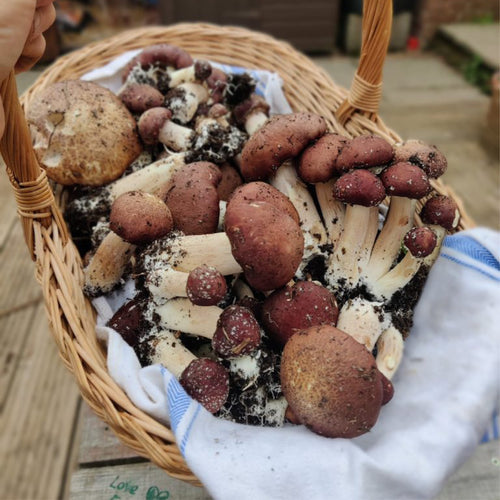
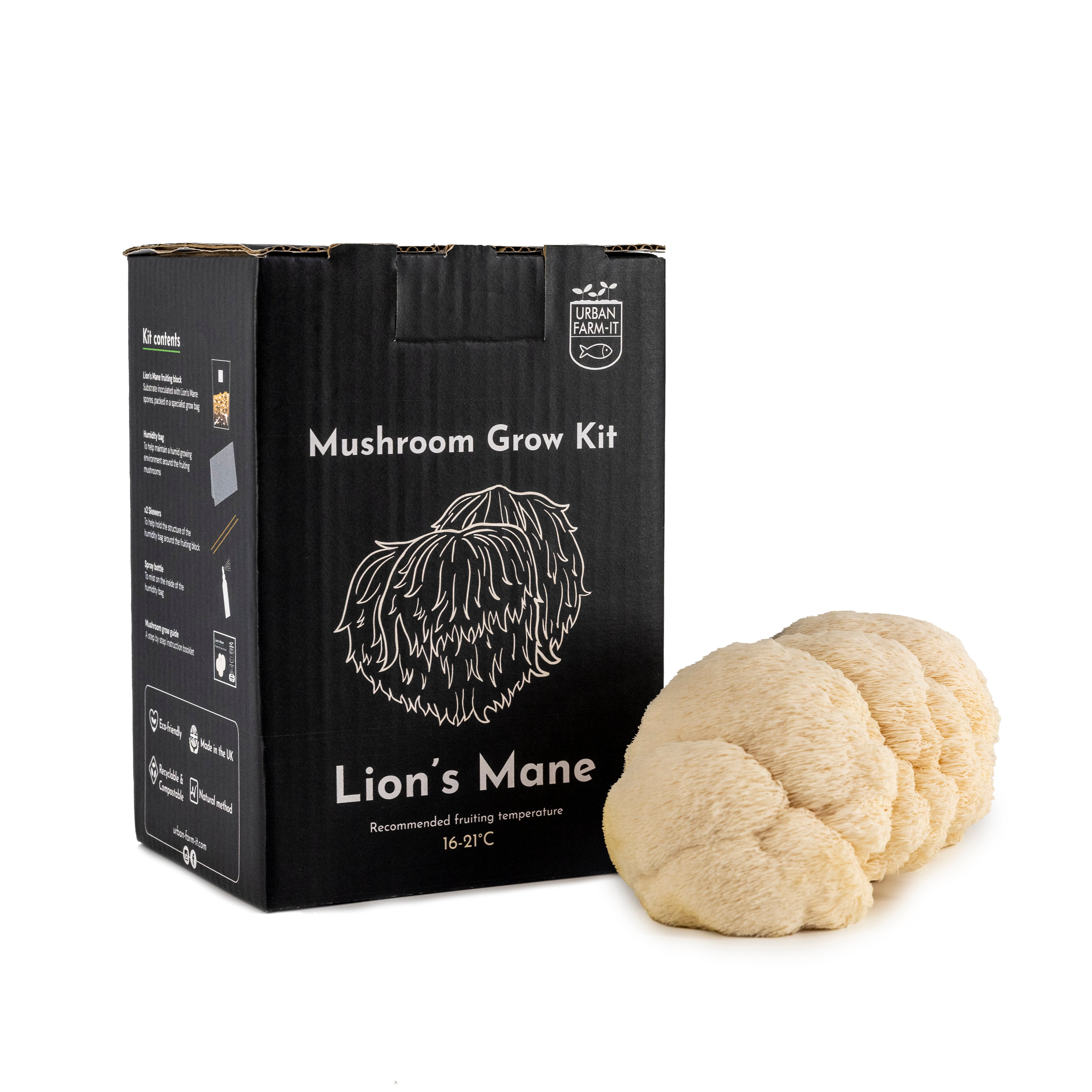
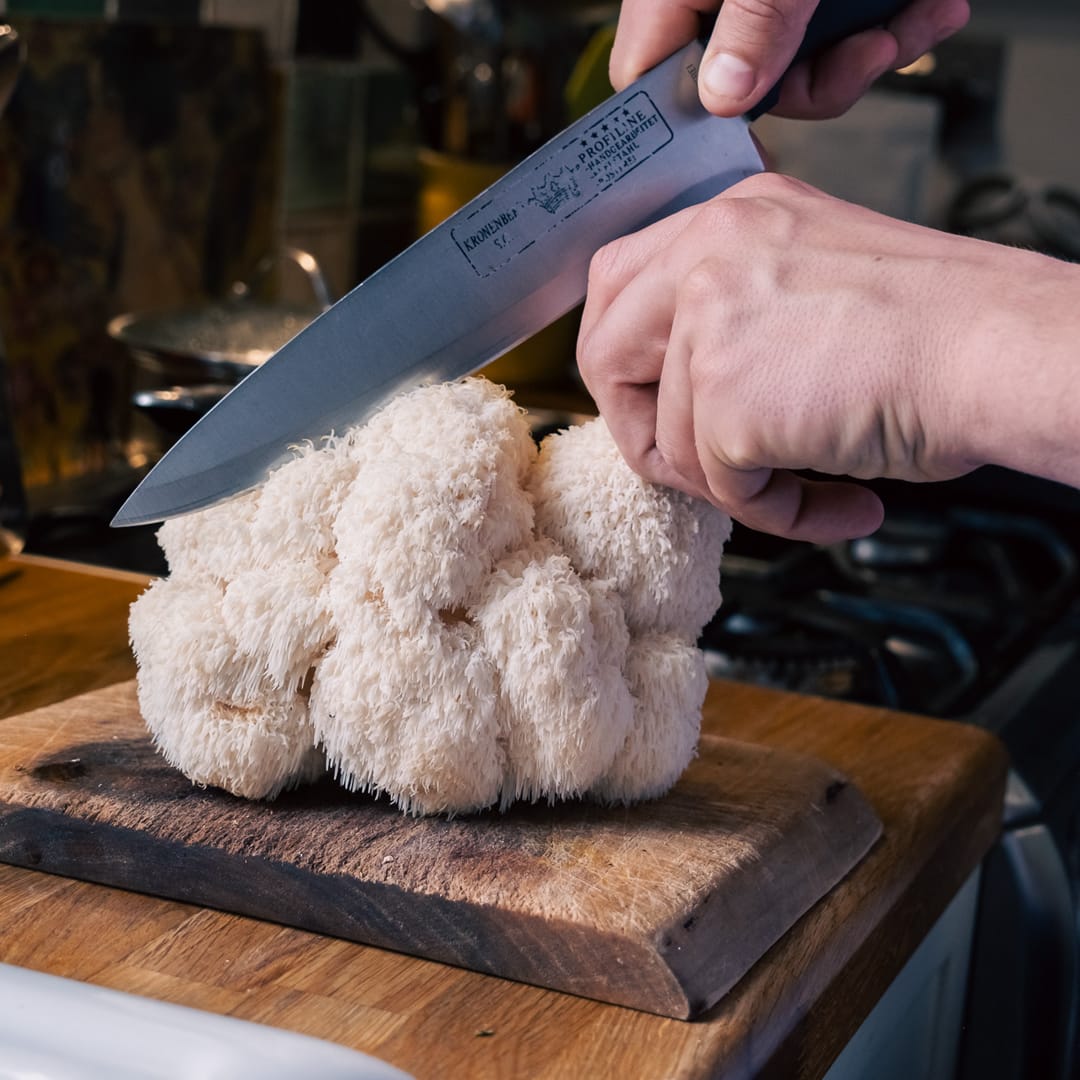


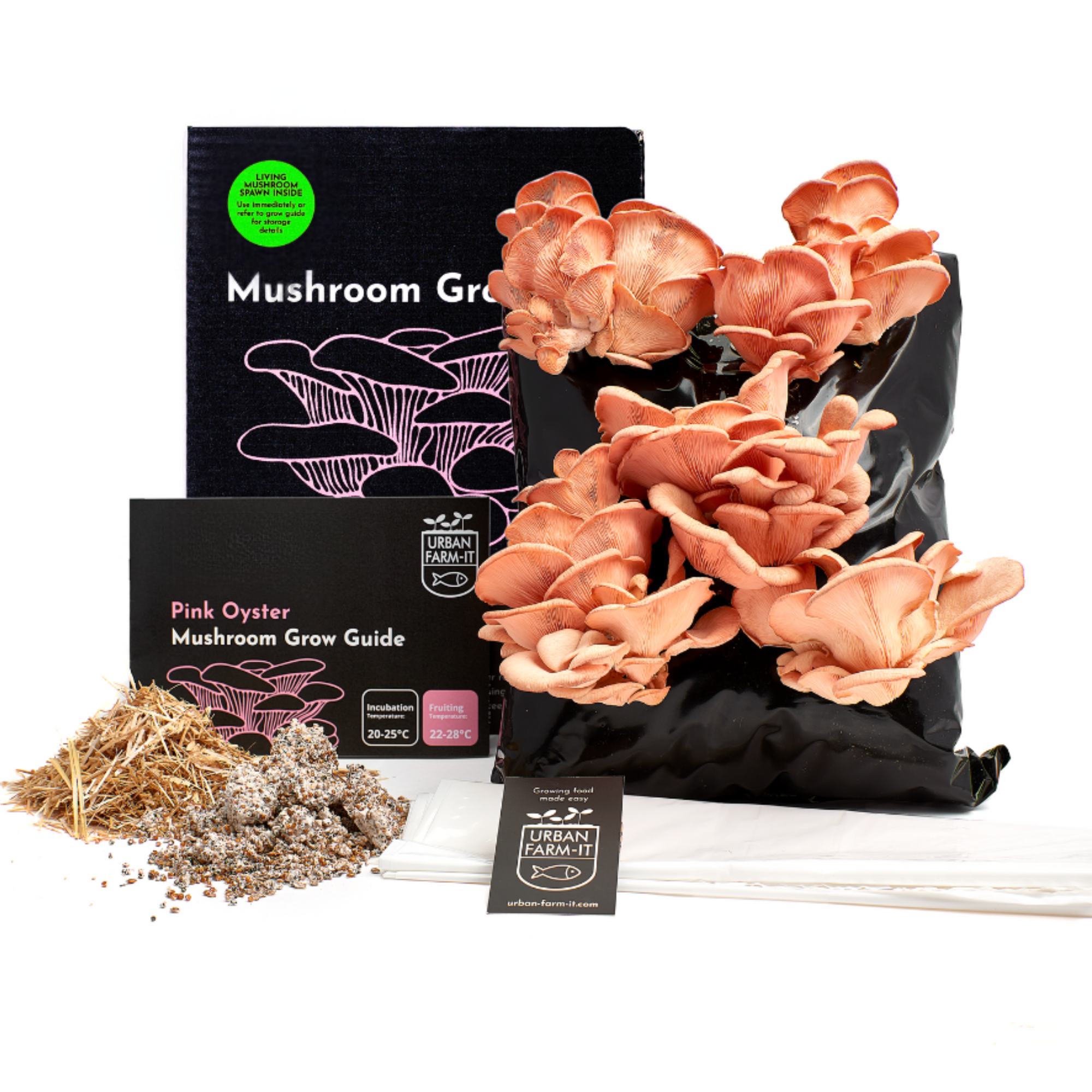
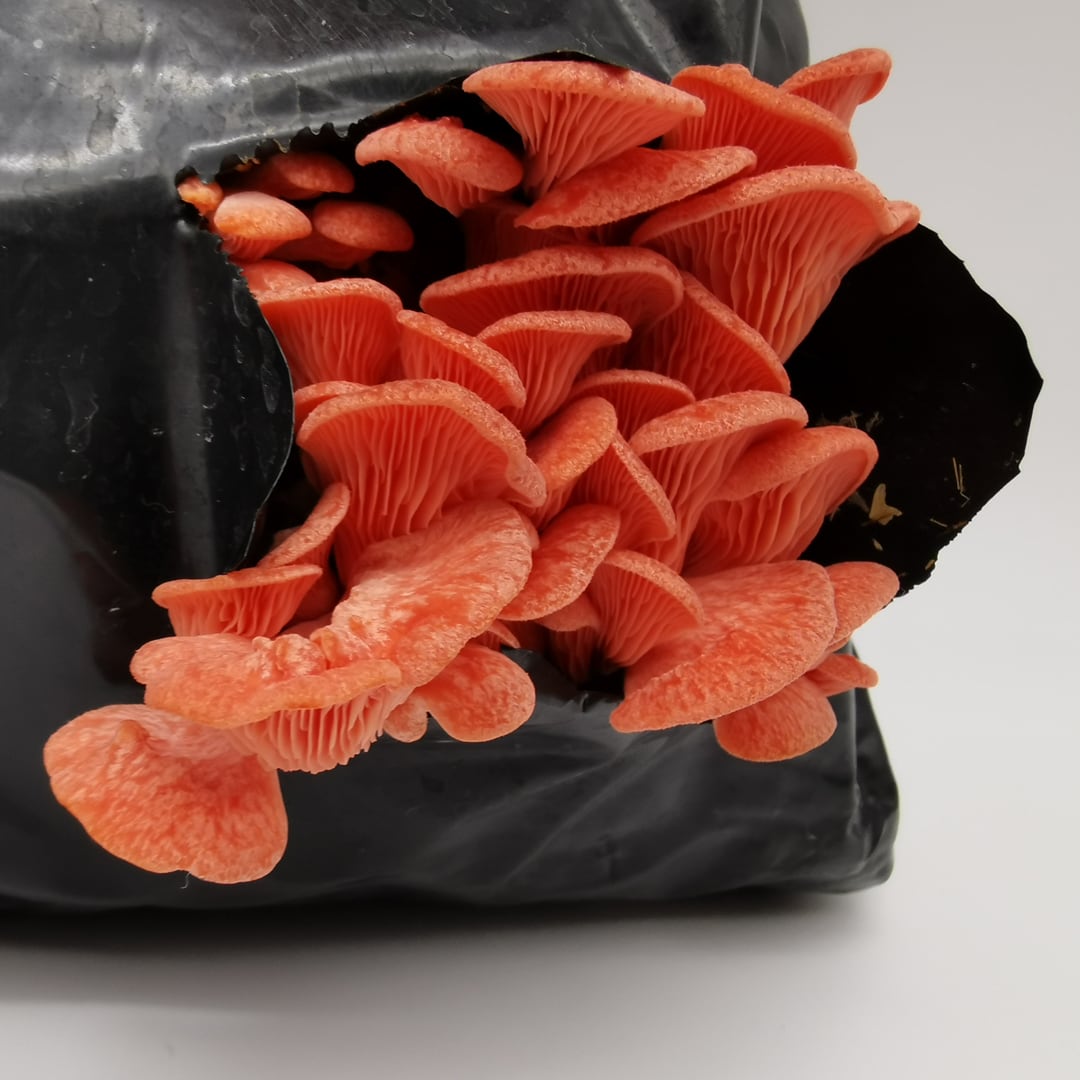
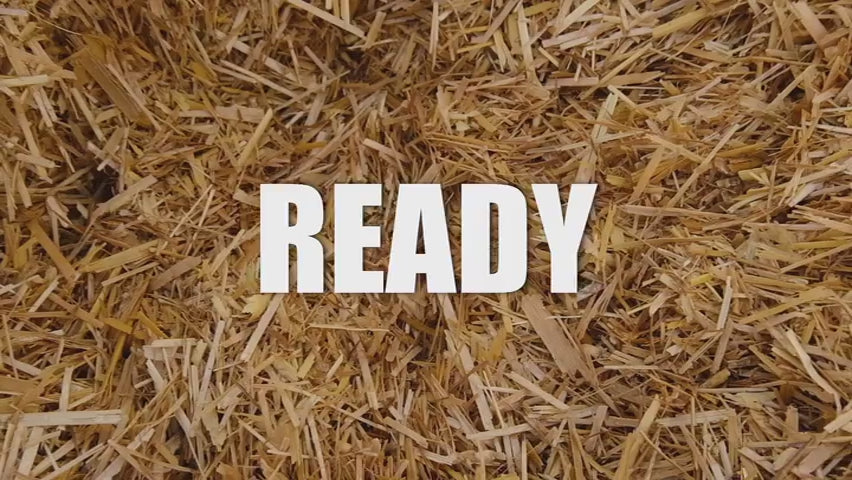
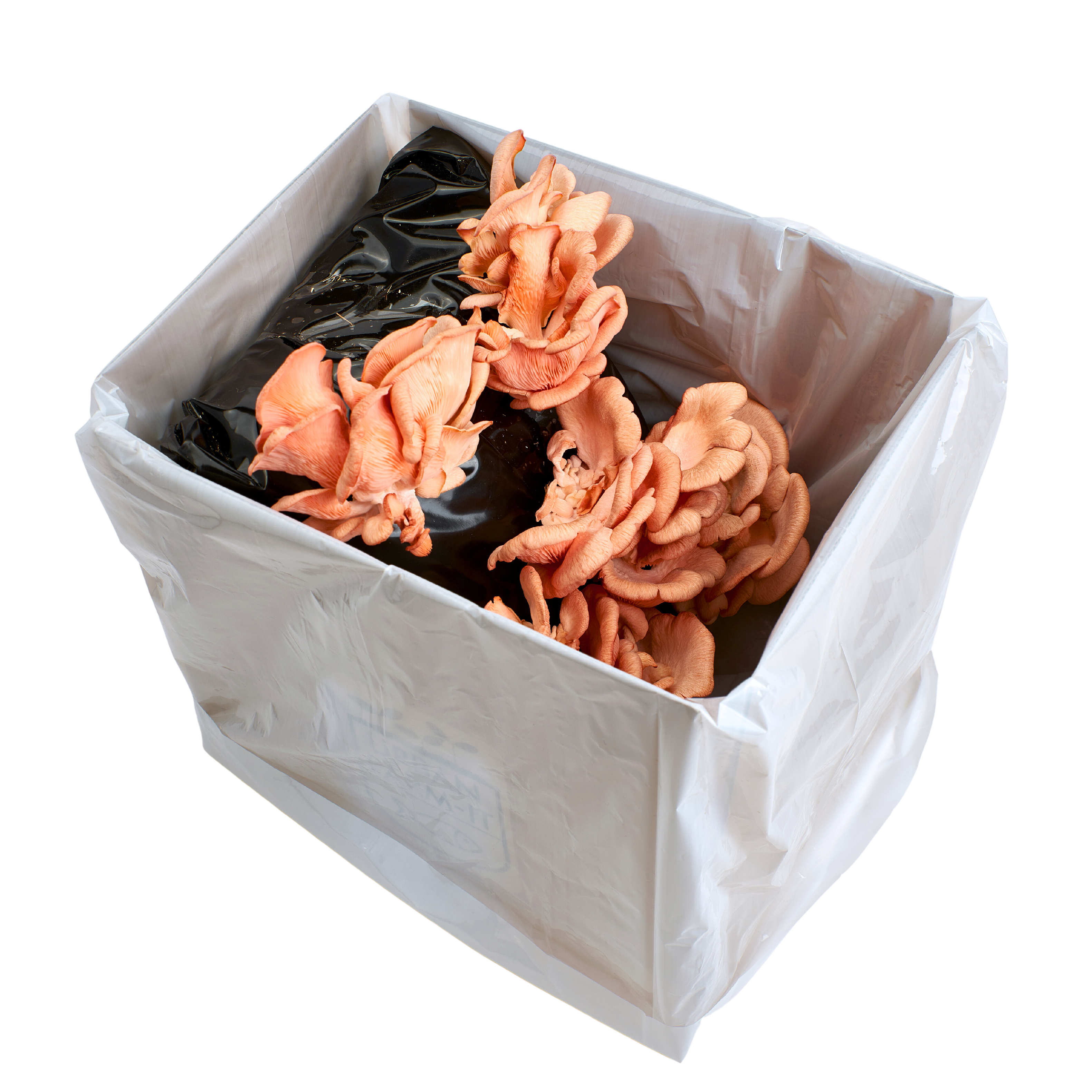
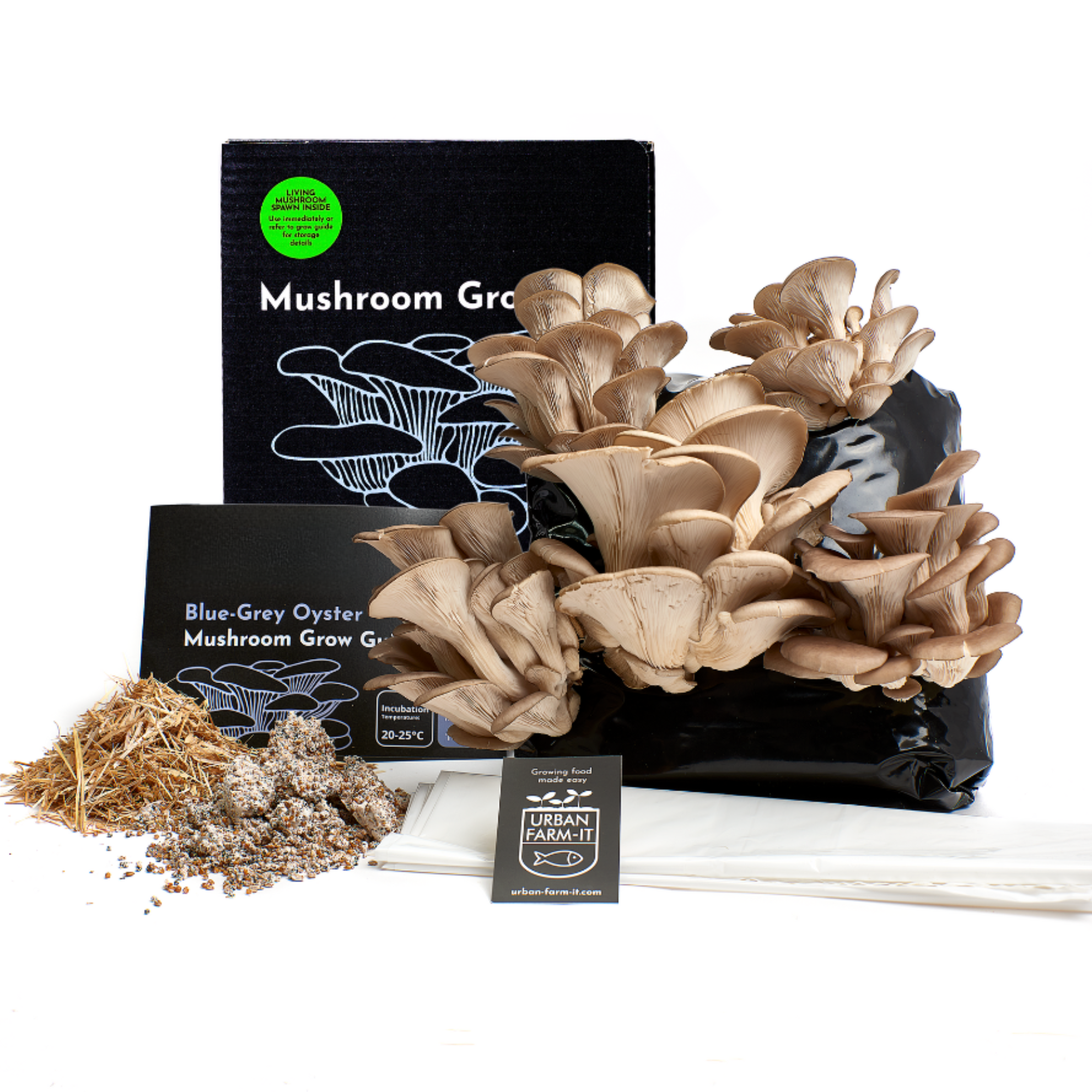
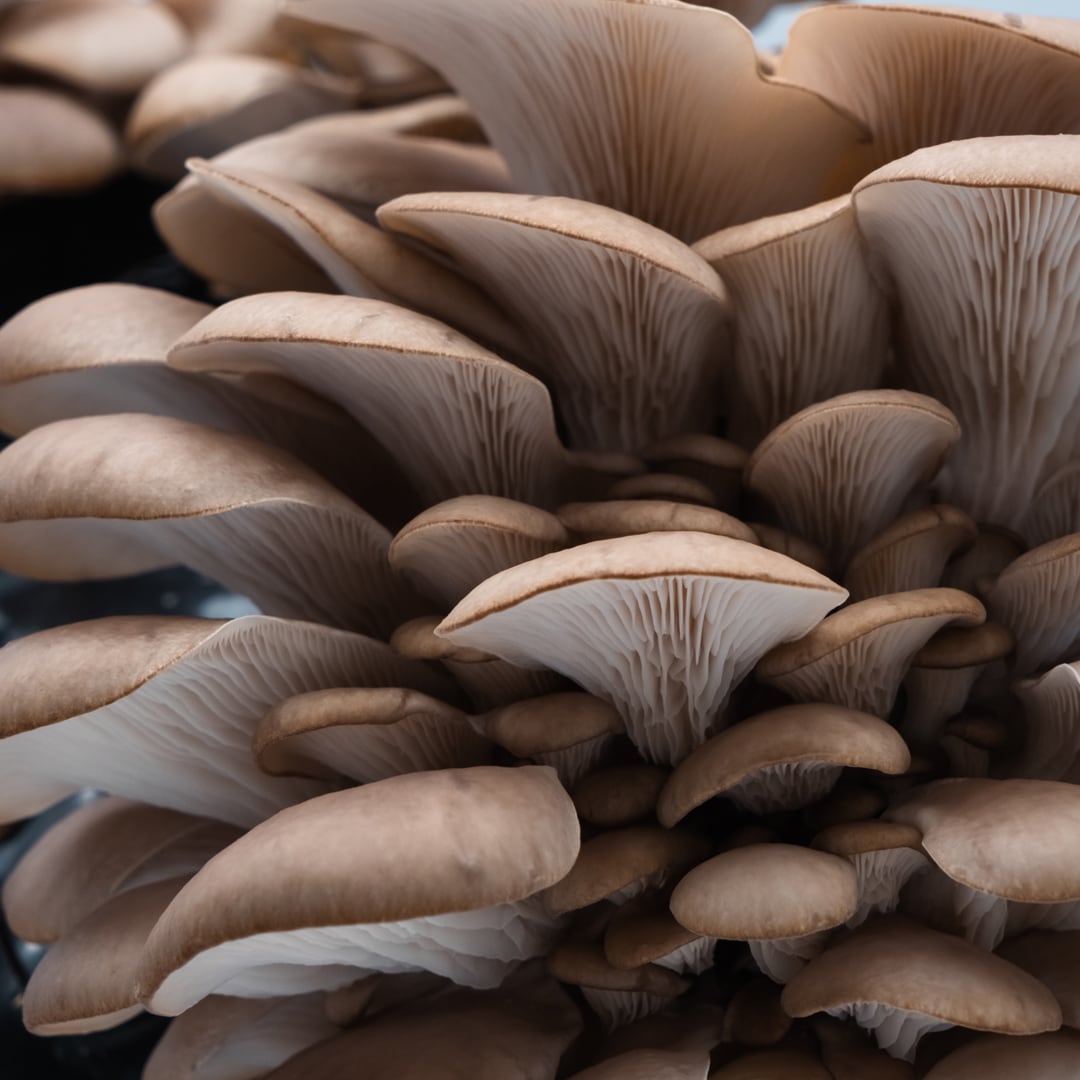
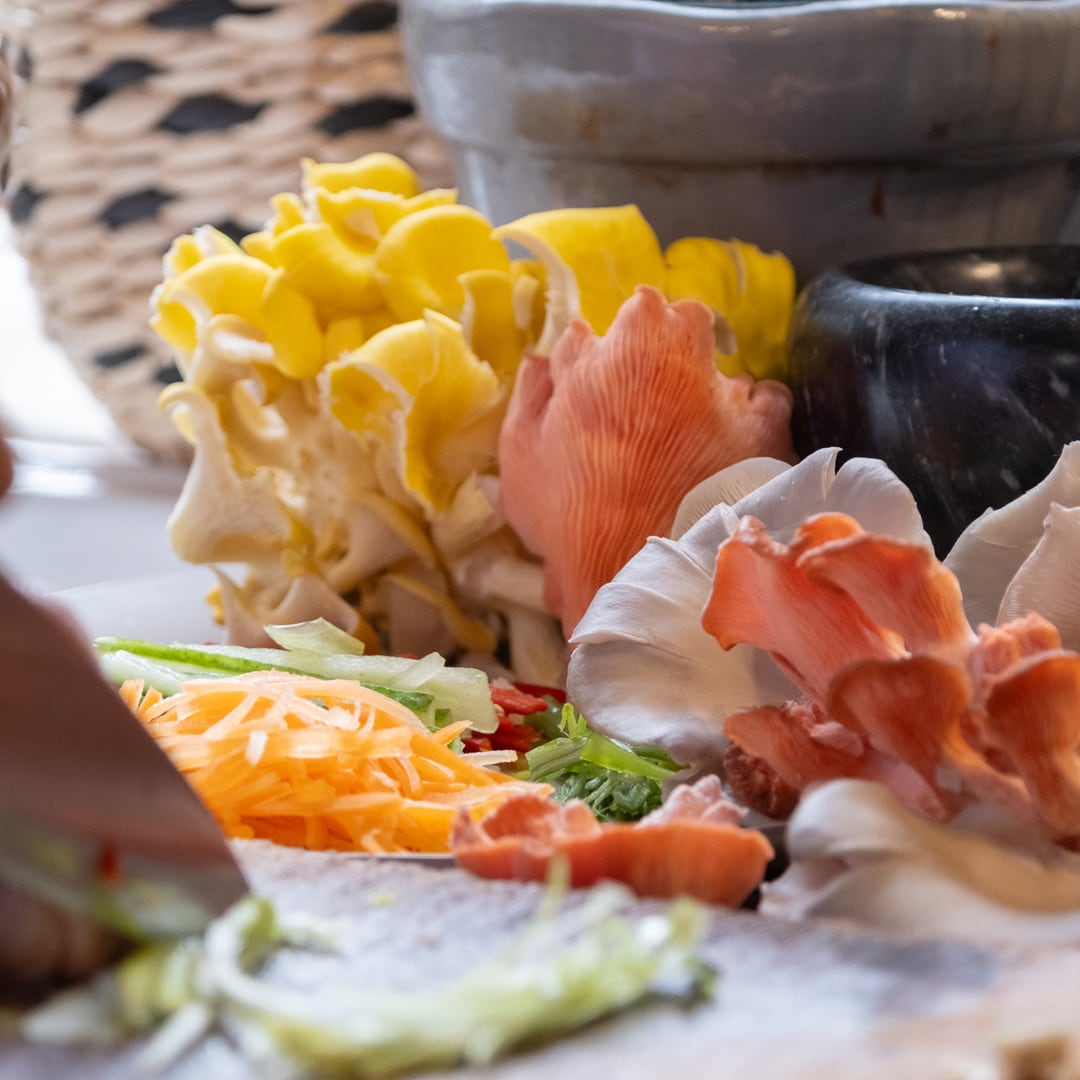
Share:
How to Grow Shiitake Mushrooms
Common mistakes in mushroom cultivation & how to avoid them